What's the best way to get socks white if I don't use bleach?
myclementine
16 years ago
Related Stories
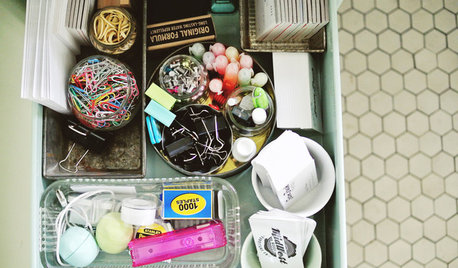
MOST POPULAR8 Ways to Get a Handle on the Junk Drawer
Don’t sweat the small stuff — give it a few drawers of its own, sorted by type or task
Full Story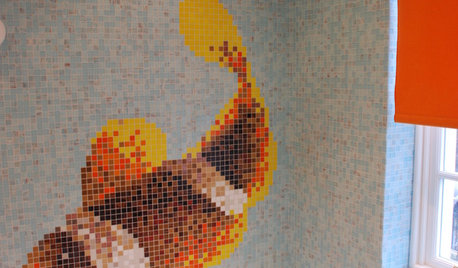
REMODELING GUIDESGet Floored by Creative Use of Tile
Don't get stuck in a subway-tile rut. Unlock the imaginative power of tile for floors and walls that will knock their socks off
Full Story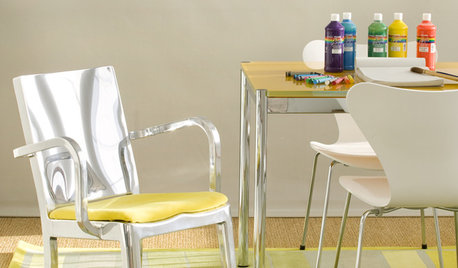
FURNITURERock Your Socks Off
The Best Rocking Chairs Soothe, Entertain and Serve as Sculpture, Too
Full Story
HOUSEKEEPINGThe Best Way to Get Your Windows Spotlessly Clean
Learn the pros’ tips and tricks for cleaning windows and getting them streak-free
Full Story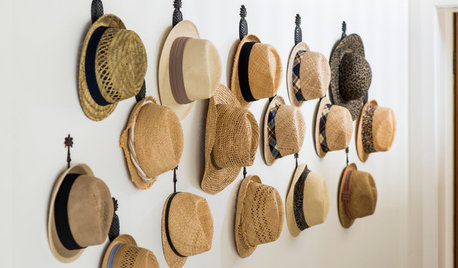
STORAGEHat Storage: Don’t Get Bent Out of Shape
From boxes to hooks, we look at ways to keep your lid on straight in time for summer hat season
Full Story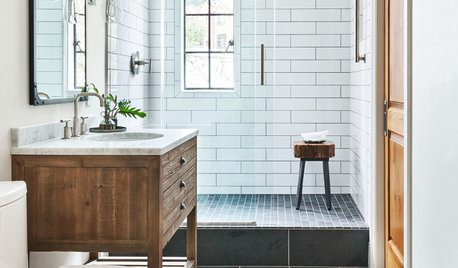
BATHROOM WORKBOOK12 Ways to Get a Luxe Bathroom Look for Less
Your budget bathroom can have a high-end feel with the right tile, stone, vanity and accessories
Full Story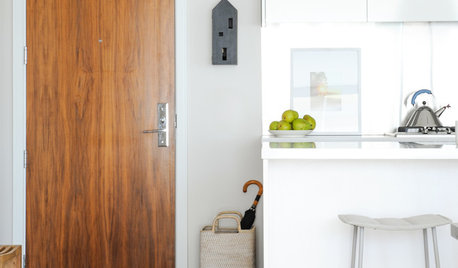
MOST POPULAR5 Ways to Pare Down Your Stuff — Before It Gets in the Door
Want to free up some room around the house? Rethink gift giving, give yourself a shopping mantra and just say, ‘No, thank you’ to freebies
Full Story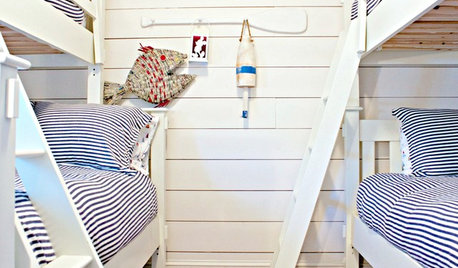
DECORATING GUIDES15 Ways to Get Your Home in a Summer Mood
Bask in the easygoing spirit of summer with breezy touches indoors and out
Full Story
GARDENING AND LANDSCAPING10 Ideas for Decorating Your Summer Porch
Watch the world go by from a porch decked out with comfy furniture and inspiring accessories
Full Story
FEEL-GOOD HOME10 Ways to Get That Casual Chic Look
Make your home look effortlessly elegant by balancing rustic and refined, mixing textures and having a little fun
Full StoryMore Discussions










asolo
myclementineOriginal Author
Related Professionals
Everett Kitchen & Bathroom Designers · Grafton Kitchen & Bathroom Designers · White House Kitchen & Bathroom Designers · Terryville Kitchen & Bathroom Designers · Plymouth Cabinets & Cabinetry · Beaumont Custom Closet Designers · Roseville Custom Closet Designers · Chicago Flooring Contractors · Decatur Flooring Contractors · Gainesville Flooring Contractors · North Tustin Flooring Contractors · Palm Valley Flooring Contractors · Stoneham Flooring Contractors · Suitland Flooring Contractors · Truckee Flooring Contractorsasolo
kenmorewasher
housekeeping
lascatx
myclementineOriginal Author
housekeeping